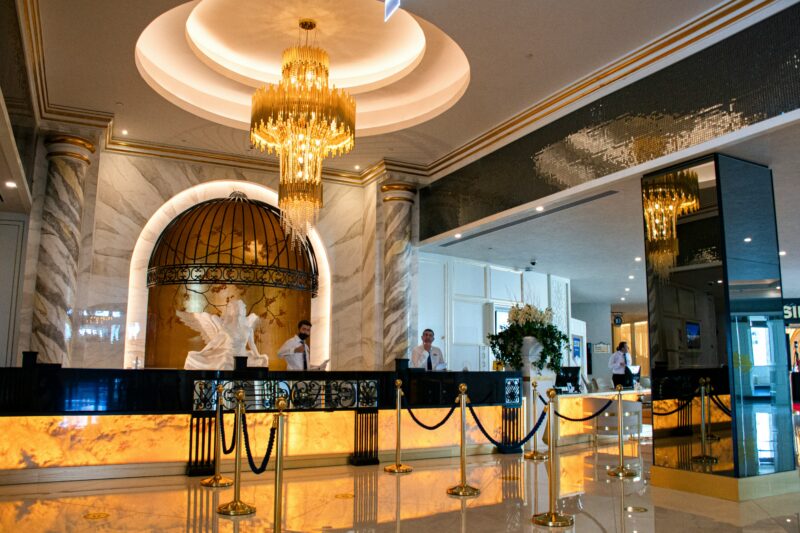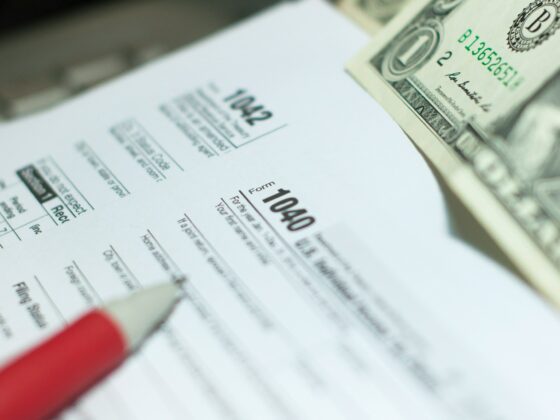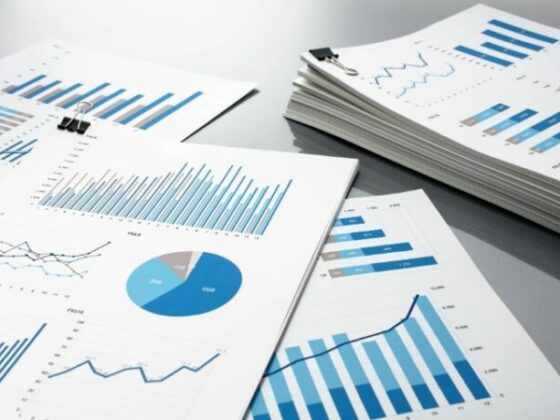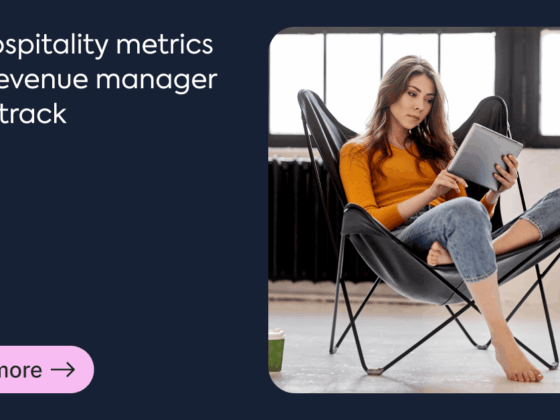With rising operating costs and fluctuating demand, hotel owners and operators across the Asia Pacific region need to balance maintaining profitability without compromising service quality. However, while cost cutting initiatives may reduce business overheads, if not done strategically, they risk damaging the guest experience and long-term brand equity. Instead, focusing on unlocking the strategic flexibility delivered by modern revenue management platforms and strategies is preferred. When used to their full effect, a modern revenue management platform drives optimised revenue strategies and smarter, more streamlined operational decisions.
Efficiency Starts with Accurate Forecasting
During periods of softer demand, the pressure to limit operational costs becomes especially pronounced. But reactive, imprecise cost-cutting, such as reducing complimentary amenities or limiting front desk service hours to match a lower volume of guests can negatively impact on long term guest perceptions of a property. This is where data-driven forecasting is important for proactively aligning operations with demand and using resources efficiently without impacting guest satisfaction.
An advanced revenue management platform uses multi-layered historical data, real-time market intelligence and forward-looking booking trends to accurately forecast future occupancy levels and booking behaviours. These insights are critical for accurate hotel operational planning. For instance, if hotel demand forecasts indicate a drop in weekday occupancy next month, management can plan the hotel operations to better fit the need for that period. This seemingly straightforward approach can add up to significant savings and safeguard profitability, especially when applied across a portfolio of properties.
Another potentially margin-boosting factor associated with accurate advanced demand forecasting is the influence it can have on channel management. When peak dates are proactively identified, reducing discounts on certain rate plans or optimizing length of stay can bring higher revenues. This can also influence acquisition costs and how aggressively a property bids for visibility on OTA and meta search platforms, freeing up margin or funds to make more aggressive pushes during low periods.
Smarter Staffing, Better Margins
Staffing costs remain one of the highest overheads for hotels and one of the easiest to misalign. Overstaffing on quiet days quickly erodes margins, while understaffing during peak periods compromises service, guest satisfaction and limits revenue potential.
An advance revenue management platform allows hotels to align staffing levels with accurate demand forecasts, down to specific departments. If occupancy projections suggest soft demand on a Tuesday, front desk and housekeeping staff levels can be scaled accordingly, while restaurants might operate with a condensed menu or reduced opening hours. On higher-demand days, more staff can be rostered to ensure high levels of service excellence. This intelligent matching of staff to guest levels doesn’t just reduce costs, it ensures worker resources are focused to where they’ll have the most impact.

Reducing Waste, One Booking at a Time
Labour isn’t the only area where inefficiencies eat into profits. Food and beverage operations often struggle with waste during low-demand periods, particularly when purchasing is based on gut-feel assumptions rather than accurate demand signals.
With the support of forecasts produced by an advance revenue management platform, food and beverage teams will have a more accurate understanding of when (and how many) guests to expect so that they can place more precise orders and reduce spoilage, contributing to more sustainable operations. The same applies to managing inventory across other departments, from linen and minibar supplies to energy usage in underutilised areas of the property. Some hotels may choose to “shut down” certain floors during the off-season to concentrate operations in more cost-efficient spaces, reducing the load on housekeeping, maintenance and utilities.
Quieter periods also present an opportunity for hotels to conduct repairs, undertake deep cleaning or renovations that would be disruptive during peak periods. When downtime is intentional and planned, it can become a window for long-term asset improvement.
Automation for Efficiency and Focus
In addition to forecasting and optimisation benefits, an advance revenue management platform can also automate routine, time-consuming tasks freeing up staffing time for more critical tasks. Rate updates, inventory distribution, channel monitoring and reporting can all be handled by automation and allow team members to focus on high-value activities and guest engagement. For independent hotels or properties with lean management teams, this is especially critical. It ensures resources aren’t being wasted on manual processes and that pricing and inventory decisions are always supported by real-time data and accurate demand forecasts.
When Every Dollar Counts
In an increasingly competitive hospitality landscape, the difference between profit or loss can often come down to operational discipline. Hotels that actively use revenue management technology to align costs with forecasted demand are better positioned to understand their business and protect margins, even when guest levels may fluctuate.
As owners and investors become increasingly focused on ROI and sustainable asset value, revenue management is no longer just a strategic approach to setting room prices. A modern, advanced revenue management platform enables hotels to do more with less, so that properties operate efficiently, control their costs and achieve ongoing profitability.

More IDeaS Revenue Solutions readings on The Hotel Conversation
Beyond Room Revenue – How to monetise every moment – IDeaS Revenue Solutions
Navigating the winter slowdown in Australia’s hotel market – IDeaS Revenue Solutions
The rise of the secondary market: Golden opportunity for independent hotels






